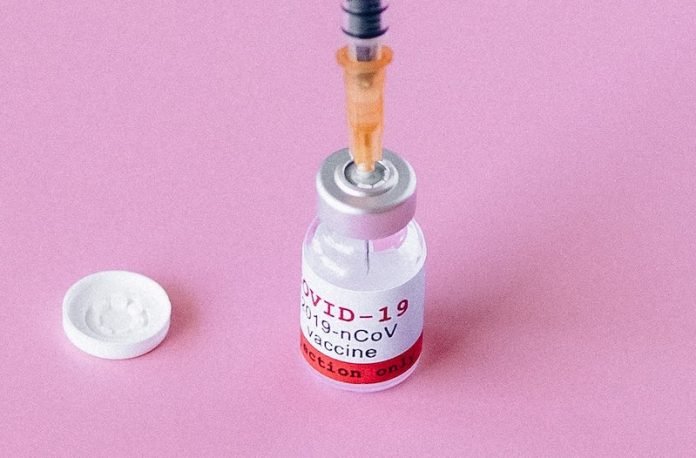
In a new study, researchers found nearly a quarter of the world’s population may not have access to a COVID-19 vaccine until at least 2022.
A second study estimates that 3.7 billion adults worldwide are willing to have a COVID-19 vaccine, highlighting the importance of designing fair and equitable strategies to ensure that supply can meet demand.
These findings suggest that the operational challenges of the global COVID-19 vaccination program will be at least as difficult as the scientific challenges associated with their development.
In the first study, researchers from the Johns Hopkins analyzed pre-orders for COVID-19 vaccines ahead of their regulatory approval that had been publicly announced by countries around the world.
By 15 November 2020, several countries had reserved a total of 7.48 billion doses, or 3.76 billion courses from 13 manufacturers, out of 48 COVID-19 vaccine candidates in clinical trials.
Just over half (51%) of these doses will go to high-income countries, which represent 14% of the world’s population.
Low and middle-income countries will potentially have the remainder, despite these countries comprising more than 85% of the world’s population.
If all of these vaccine candidates were successfully scaled, the total projected manufacturing capacity would be 5.96 billion courses by the end of 2021, with prices ranging from $6.00 (£4.50; €4.90) per course to as high as $74 per course.
Up to 40% of the vaccine courses from these vaccine manufacturers might potentially remain for low- and middle-income countries.
However, this will depend, in part, on how high-income countries share what they procure and whether the US and Russia participate in globally coordinated efforts.
But the researchers point out that even if all of these vaccine manufacturers were to succeed in reaching their maximum production capacity, at least a fifth of the world’s population would not have access to vaccines until 2022.
In the second study, researchers based in China and the US estimated target populations for whom vaccines would be required, to help guide the development of fair and equitable allocation strategies across the globe.
They find that target population sizes for COVID-19 vaccination vary widely by geographical region, vaccine objectives, and the impact of vaccine hesitancy in reducing demand.
They point to evidence suggesting that around 68% of the global population (3.7 billion adults) is willing to receive a COVID-19 vaccine.
Both studies are observational, and the authors acknowledge the implications of uncertainty and incomplete information for the analyses.
Nevertheless, these findings illustrate the considerable scale and complexity of manufacturing, purchasing, distributing, and administering COVID-19 vaccines in a way that meets global needs, and does so equitably among nations and populations.
The study findings are published in The BMJ.
Copyright © 2020 Knowridge Science Report. All rights reserved.



